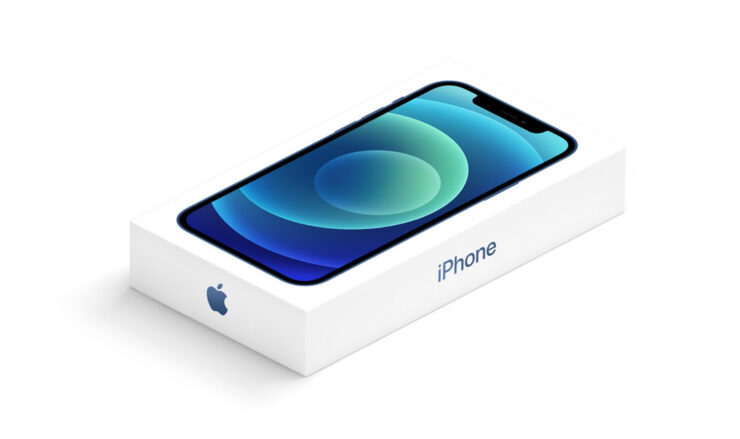What is the reason companies are removing charging adaptors from phone boxes? (Spoiler: it’s not only to cut greenhouse gas emissions)
Shortly after Apple’s 2020 iPhone launch, Samsung tweeted that, unlike the iPhone 12, Samsung devices come with charging adaptors in their boxes.
Apple had just announced that it would no longer include charging adaptors or EarPods with its devices. Buyers would find the charging cable (Lightning to USB-C) bundled with a new smartphone, but not much else.
Apple’s rather odd announcement was made in the cause of “sustainability”. It justified the exclusion of chargers on environmental grounds — it would reduce electronic waste.
Ultimately, Apple’s heroic sacrifice would prompt its competitors to follow suit. Not long afterwards, Samsung announced its brand-new line of S21 devices in an all-digital event. Halfway through, it fleetingly mentioned the exclusion of charging adaptors and earphones from all its future smartphone boxes. Again, it was in the interest of the reduction of greenhouse gases. But though understandable, it is not the only reason big tech corporations are opting for smaller packaging.
Another motivation relates to something many Apple users have grown used to in recent years — “adaptor tax”, as it’s called. Adaptor tax is a premium Apple users pay for being committed to the brand, in the form of them buying additional adaptors to gain more value from the device. The first obvious implementation of this was when iPhones dropped the 3.5mm audio jack port, and users had to buy a special 3.5mm jack-to-Lightning adaptor. Just to use the bundled wired earphones.
We’ve seen this before, specifically with the launch of Apple’s Pencil device. Even though more recent iPads were launched with Pencil integration, users would need to buy one separately if they were interested in doodling digitally.
Among buyers, there is a genuine and legitimate frustration about what new features Apple includes — like DisplayPort, and now USB-C — and what it leaves out.
With most new generations of Apple products, a new form of adaptor is needed -not just an extra expense, but a frustrating inconvenience for many too.
Then there’s the case of cost. Not only the end user’s overall cost of buying the device and accessories separately, but the overall input costs in the production line. Smartphone manufacturers will cut the production of hundreds of thousands of charging adaptors.
iPhone 12 boxes are now about 70% smaller than their predecessors. And the company says it will easily ship 70% more of the product on a single pallet, which will decrease carbon emissions — and transportation costs. “Apple is also removing the power adaptor and EarPods from iPhone packaging, further reducing carbon emissions and avoiding the mining and use of precious materials, which enables smaller and lighter packaging,” Apple said in its October keynote.
But shipping volumes aren’t based on how much of a product can fit on a pallet. Rather, they’re based on an age-old process called supply and demand. Pallets aren’t necessarily filled to the limit every time they’re shipped, so referencing a cut in carbon emissions is slightly premature.
And consumers are shelling out a similar price for the smaller smartphone boxes. Each accessory bought in addition to their black slabs has also been packaged and shipped — and Apple is ready to sell more charger adaptors and EarPods (at least) thanks to the new exclusions.
It can be argued that many users will upgrade from an iPhone (or a Samsung) and should own a charging adaptor. But most of these are USB-A, while the smaller boxes come with a USB-C cable. Because of this, many iPhone 12 buyers will need to invest in a charging adaptor.
Some of this might add to Apple’s carbon footprint, and it will definitely trickle down into more sectors in the industry. It will get tacked onto different companies’ carbon footprints if consumers decide to buy the accessories from other vendors.
This won’t necessarily reduce emissions overall — it simply passes greenhouse gas emissions among more companies, in effect shifting blame from Apple.
Before this became an industry standard (among two of the largest smartphone manufacturers in the world for now), hints of adaptor tax became prevalent. Users of last year’s Galaxy S20 Ultra already have to shell out an extra R1,000 for the 45W charger that allows them to use the fast-charging mode on the device, just because devices didn’t ship with the fancier fast charger even though the device features fast-charging functionality.
The transition to 5G is a big reason for the move, at least in Apple’s case. The iPhone 12 is Apple’s first foray into the 5G era, and the more complex components alone would have pushed up the price of devices significantly. To try to keep prices down for end-users, Apple may feel justified in excluding the accessories. Even though the iPhone 12 range is priced similarly to its predecessors, the phones are missing some tech.
Smartphone users can expect more manufacturers to go the smaller-packaging route, especially if both Apple and Samsung record good sales on their newest additions.
This article first appeared in the Financial Mail.
